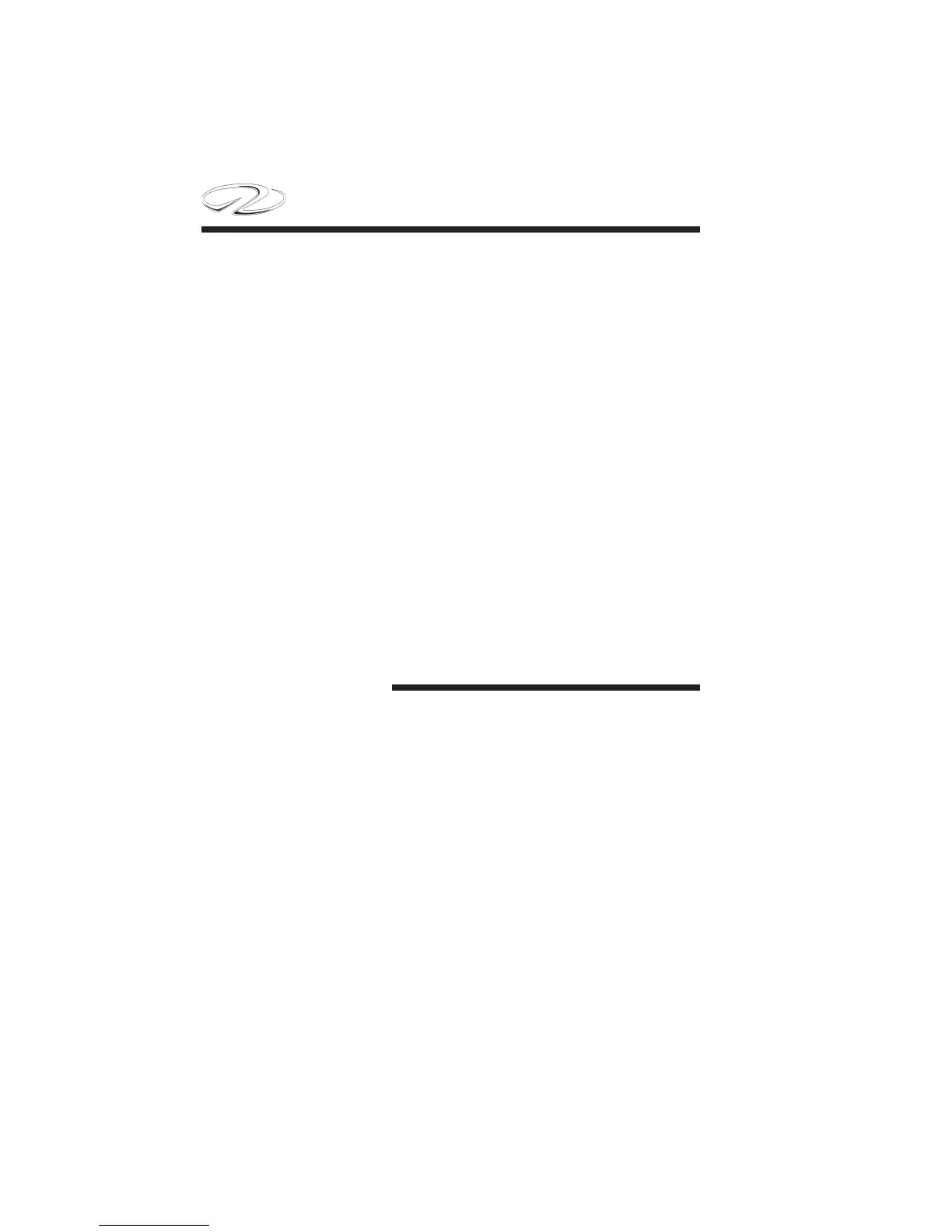CHAPTER 5
5-16
STERN DRIVE MANEUVERING
Inboard/outboard, I/O or sometimes called stern drive boats do not
have rudders. The boat uses a steering system that directs the propeller
thrust, by turning the stern drive unit where the propeller is mounted.
Normally maneuvering the I/O boat is easier than a similar single
screw vessel.
Directing propeller energy (thrust) makes slower speed maneuvering
easier. The propeller discharge current is turned from one side to the
other which results in turning forces. Rudder boats need water to fl ow
by the rudder to be effi cient. Stern drive units are designed to have
reduced shaft angle, so the propeller does not produce as much unequal
blade thrust and resistance as does a propeller on a single screw boat.
Large horsepower stern drive boats do produce more thrust and steering
torque but your vessel has the advantage of power steering. Below
is some basic information on how single stern drive boats handle in
normal conditions.
Gathering Headway
When a stern drive is not moving forward or reverse in the water and
the propeller is not turning, (shift in neutral) the boat will not react to
the helm steering wheel.
As soon as the vessel is shifted into forward gear the propellers action
creates a discharge motion and generates energy in the form of thrust.
If the stern drive is centered, the discharge motion is directed straight
back causing the vessel to advance forward.
You may notice that if you advance the throttle quickly in initial take-
off (make sure you have a fi rm grip on the wheel), the boat has a
tendency to pull the stern of the vessel to starboard. There is a trim tab
(also serves as a sacrifi cial anode) located on the vertical drive housing
just to the top of the propeller blade. This trim tab helps compensate
for the low speed steering torque. Once the boat increases headway
and the propeller is operating in a faster water fl ow this torque effect
decreases.
